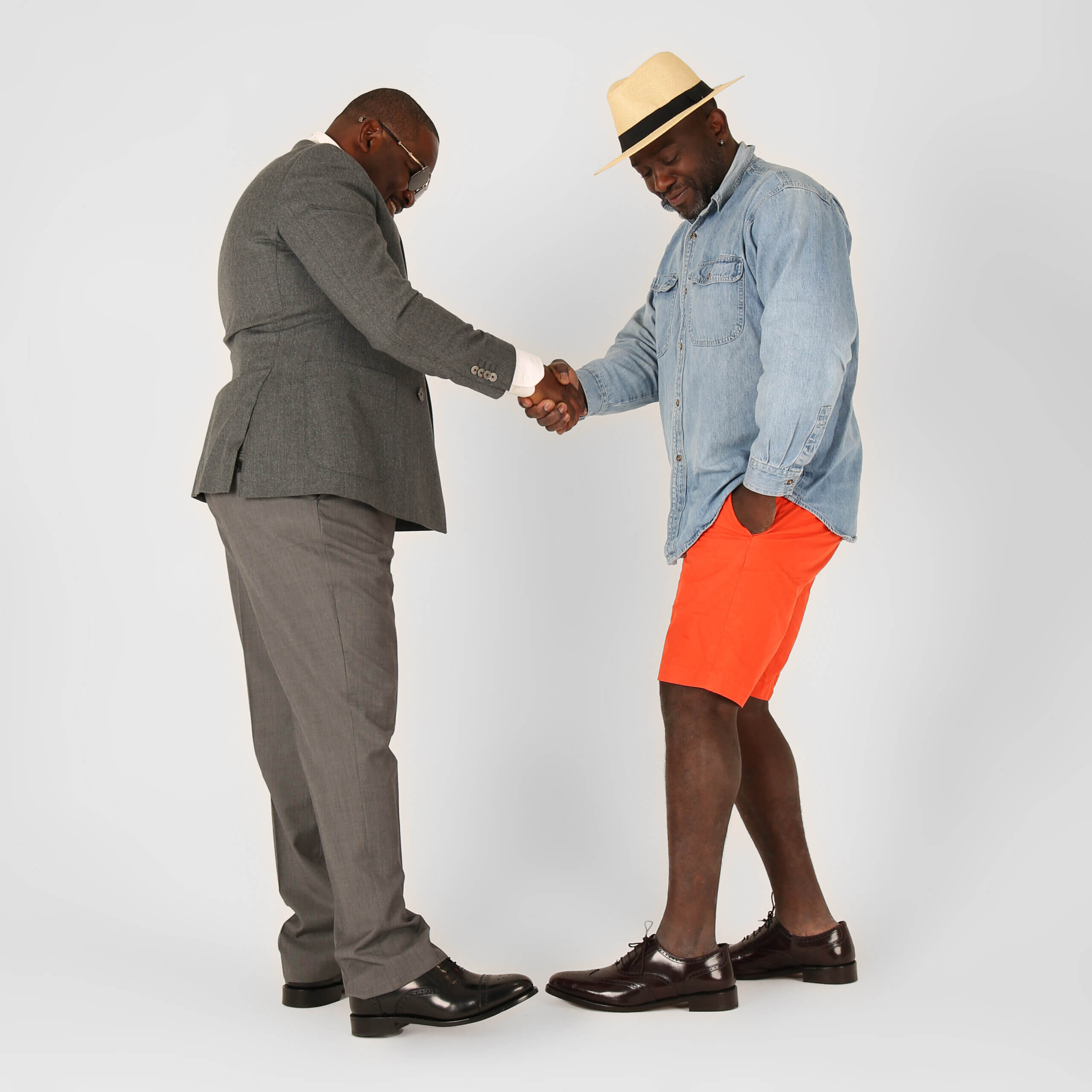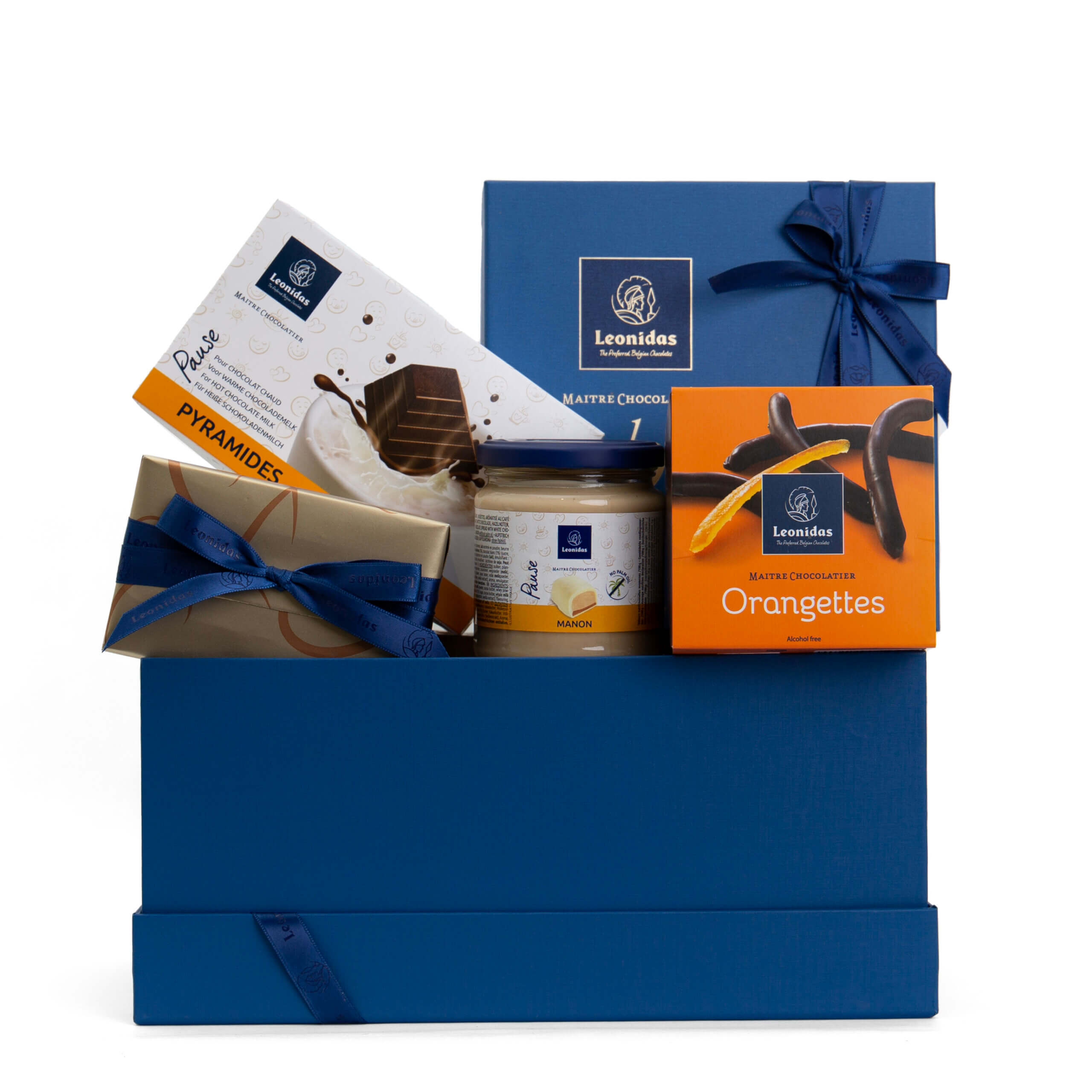Content Production
ULTRALUXE Design co. are specialists in creating content.
Content creation using photography and film refers to the process of creating visual media for the purpose of marketing or promoting a product, service, or idea. This can take many forms, such as creating social media posts, advertisements, promotional videos, or documentaries.
To create effective content using photography and film, it is important to first identify the goals of the project and the target audience. This will help determine the style, tone, and overall approach to the content.
Next, it is essential to plan and organise the shoot, including scouting locations, gathering necessary equipment, and scheduling any necessary talent or crew. For photography, this may involve selecting a camera, lenses, lighting, and other equipment. For film, it may also include scouting locations, selecting props and wardrobe, and planning out shots and camera movements.
During the shoot, it is important to pay attention to composition, lighting, and other technical elements to ensure that the final images or footage are of high quality. It may also be necessary to direct talent or crew to achieve the desired look and feel.
After the shoot, the content will need to be edited and polished to create the final product. This may involve selecting the best shots, trimming footage, adding music or sound effects, and color grading.
Overall, creating effective content using photography and film requires careful planning, attention to detail, and a strong understanding of visual storytelling. By following these steps, content creators can create engaging and effective visual media to help promote their products, services, or ideas.


Product Photography
Product photography is a type of commercial photography that involves creating visually appealing images of products for use in advertisements, online stores, and other marketing materials. The goal of product photography is to showcase a product in the most attractive and informative way possible, highlighting its features and benefits in order to encourage potential customers to make a purchase.
Product photography can be done using a variety of techniques, such as shooting a product on a white background to create a clean, minimalist look, or using lifestyle photography to show the product in use in a real-world setting. Lighting and composition are also important considerations in product photography, as they can help draw the viewer’s attention to specific features of the product and create a sense of depth and dimension.
In addition to traditional photography techniques, product photographers may also use digital editing software to touch up images and make them more visually appealing. This may involve adjusting color balance, removing blemishes or scratches, and retouching the image to remove any distracting elements.
Overall, product photography is an important aspect of marketing and e-commerce, as it helps to create visually appealing and informative images that can help sell products to potential customers.
Location Photography
Location photography is a type of photography that involves taking pictures at a specific location or place. This could be an outdoor location, such as a beach, park, or city street, or an indoor location, such as a museum, store, or office.
Location photography is often used in advertising and marketing to showcase a product or service in a real-world setting, or to capture the essence of a particular place or environment. It can also be used in editorial or documentary contexts to capture the feeling and atmosphere of a location.
To shoot effective location photography, photographers must consider a number of factors, such as lighting, composition, and framing. They may also need to scout and plan their shoot in advance, considering factors such as the time of day, weather, and any logistical considerations.
In addition to traditional photography techniques, location photographers may also use digital editing software to touch up their images and make them more visually appealing. This may involve adjusting color balance, removing blemishes or distractions, and retouching the image to create the desired look and feel.
Overall, location photography is an important aspect of visual storytelling, as it allows photographers to capture the essence of a particular place or environment and convey a sense of atmosphere and feeling to their audience.

Cinematography
Cinematography is the art and technique of capturing motion pictures on film or digitally. It involves the use of cameras, lenses, lighting, and other equipment to create the visual look and feel of a film or video. Cinematographers, also known as directors of photography (DPs), are responsible for making many of the creative and technical decisions involved in capturing and lighting a scene, including camera placement, movement, and lens choice.
In addition to traditional photography techniques, cinematographers may also use a variety of specialized equipment, such as dollies, cranes, and Steadicams, to create dynamic camera movements. They may also use digital editing software to color grade and enhance the images, and work with sound designers to create a rich and immersive audio experience.
Cinematography is a crucial element of the film and television industry, and plays a vital role in the visual storytelling process. By using a combination of technical expertise and artistic vision, cinematographers are able to create compelling and memorable visual experiences that engage and entertain audiences.

